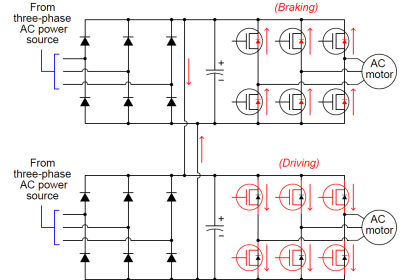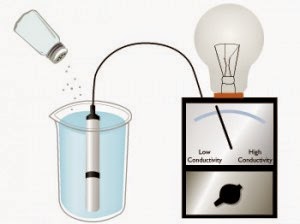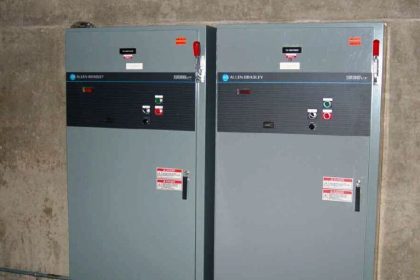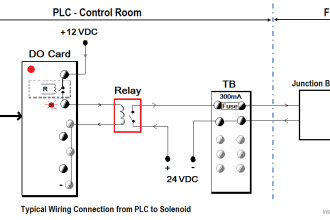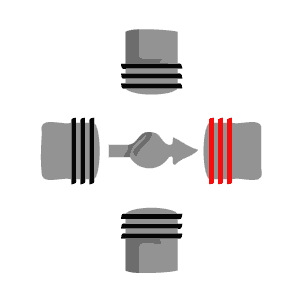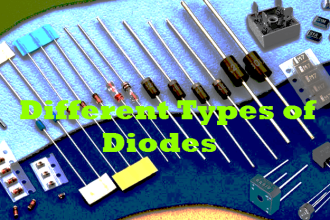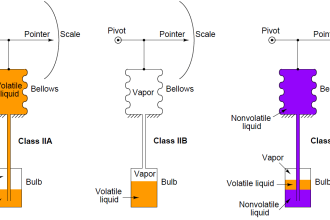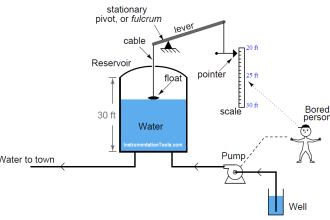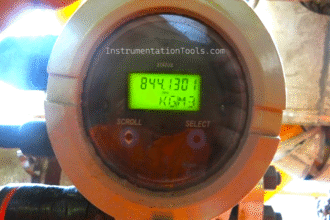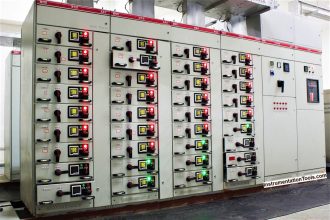Salient Pole Synchronous Alternator:
- Salient pole Generators will have large diameter and short axial length
- Pole shoes cover 2/3 of the pitch
- Salient Poles are laminated in order to reduce eddy currents
- They are used in hydraulic turbines or diesel engines
- Salient pole generators will have typical speed about 100 to 375 rpm.
- As the speed of the water turbine is slow hence more number of poles are required to attain the frequency. Therefore Salient pole machines will have typically number of poles will be between 4 to 60.
- Cheaper compared to cylindrical rotor machines for speeds below 1000rpm.
- Causes excessive windage losses
- Flux distribution is not uniform due to the presence of salient poles, hence emf waveform generated is not good compared to cylindrical machine
- Salient Pole Synchronous Generators are employed in Hydro-Power plants.
Non-Salient pole Synchronous Alternator:
- Non-Salient pole generators will have smaller diameter and longer axial length
- They are used for High speed operation (typically speed will be 1500 and 3000 rpm)
- Better in dynamic balancing because of absence of salient poles.
- Less windage loss
- Robust construction and noiseless operation
- Nearly sinusoidal flux distribution around the periphery, therefore gives a better emf waveform than salient pole machine
- No need to provide damper windings (except in special case to assist the synchronising) because the field poles themselves acts as efficient dampers.
- Non-Salient pole generators are used in Thermal,Gas and in Nuclear Power plants.
